Using exterior products indoors: any reason why not?
oruboris
16 years ago
Related Stories
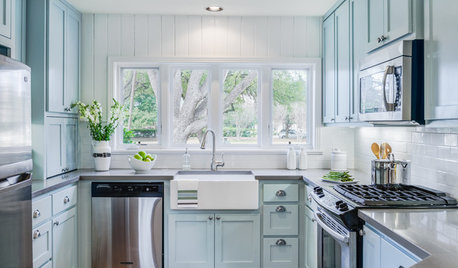
COLOR10 Reasons to Use Sky Blue
This versatile color can look fresh or timeless, beachy or polished. Check out ways to use sky blue indoors and out
Full Story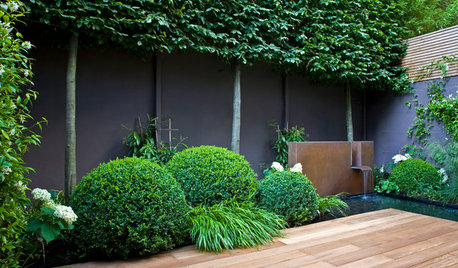
GARDENING AND LANDSCAPING10 Reasons to Use Black in Your Outside Space
It’s become a favorite shade to use inside, but now black is migrating out to gardens, patios and balconies — with dramatic results
Full Story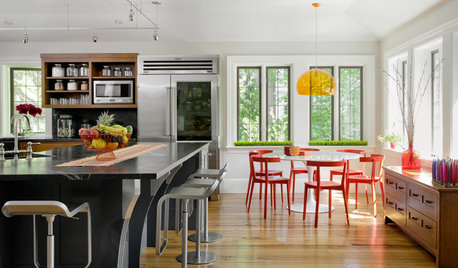
COLOR10 Reasons to Fall in Love With Red Dining Chairs
The sexy color sits surprisingly well with many kinds of tables: modern and rustic, indoor and out, high-end and low-budget
Full Story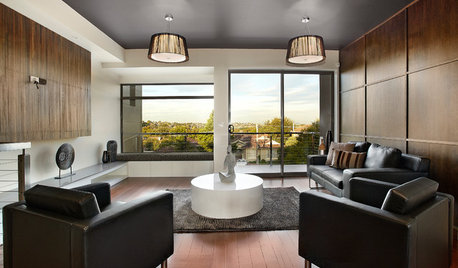
COLOR11 Reasons to Paint Your Ceiling Black
Mask flaws, trick the eye, create drama ... a black ceiling solves a host of design dilemmas while looking smashing
Full Story
SAVING WATER6 Reasons Why You Should Save Your Rainwater Now
Collect and store during the rainy season so you’ll have water ready for irrigation when you need it
Full Story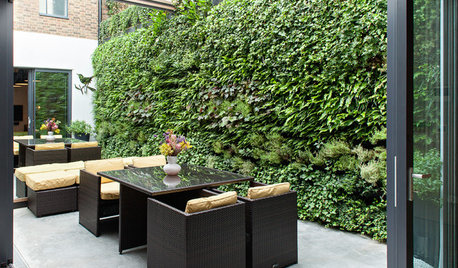
GARDENING GUIDES10 Reasons to Love Vertical Gardens
Boring patios and lackluster views, begone!
Full Story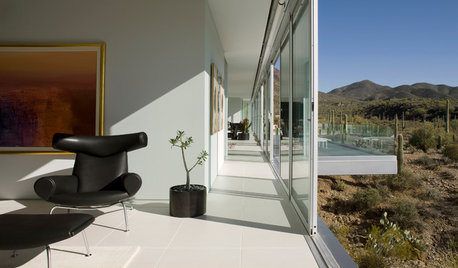
ARCHITECTUREDesign Workshop: Reasons to Love Narrow Homes
Get the skinny on how a superslim house footprint can work wonderfully for your site, budget and quality of life
Full Story
WINDOW TREATMENTSThe Many Reasons to Embrace Sheer Curtains
Use their timeless look to soften busy patterns, divide rooms, balance asymmetrical windows and more
Full Story
WORKING WITH AN ARCHITECTWho Needs 3D Design? 5 Reasons You Do
Whether you're remodeling or building new, 3D renderings can help you save money and get exactly what you want on your home project
Full Story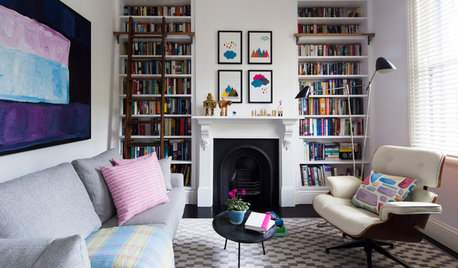
COLOR21 Reasons to Decorate With Purple
Whatever shade you choose — lilac, plum, mauve or aubergine — purple makes a statement
Full Story









Jon1270
sombreuil_mongrel
Related Professionals
Palos Verdes Estates Cabinets & Cabinetry · Centreville Carpenters · Concord Carpenters · King of Prussia Carpenters · Leominster Carpenters · McHenry Carpenters · Murphy Carpenters · Ossining Carpenters · Fairfax Flooring Contractors · Harwich Flooring Contractors · Hastings Flooring Contractors · Lynnwood Flooring Contractors · Palm Springs Flooring Contractors · Valencia Flooring Contractors · Channahon Handyman